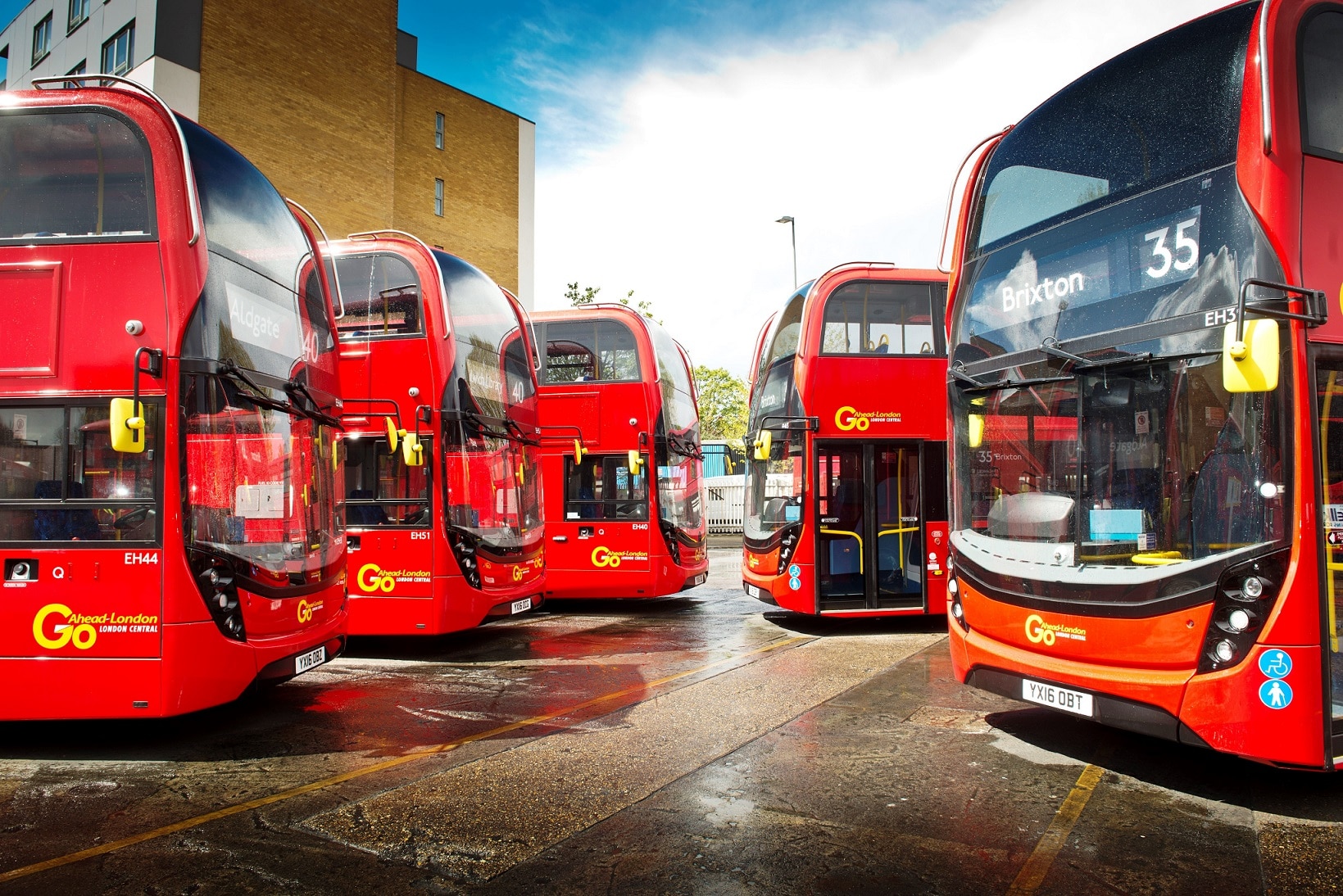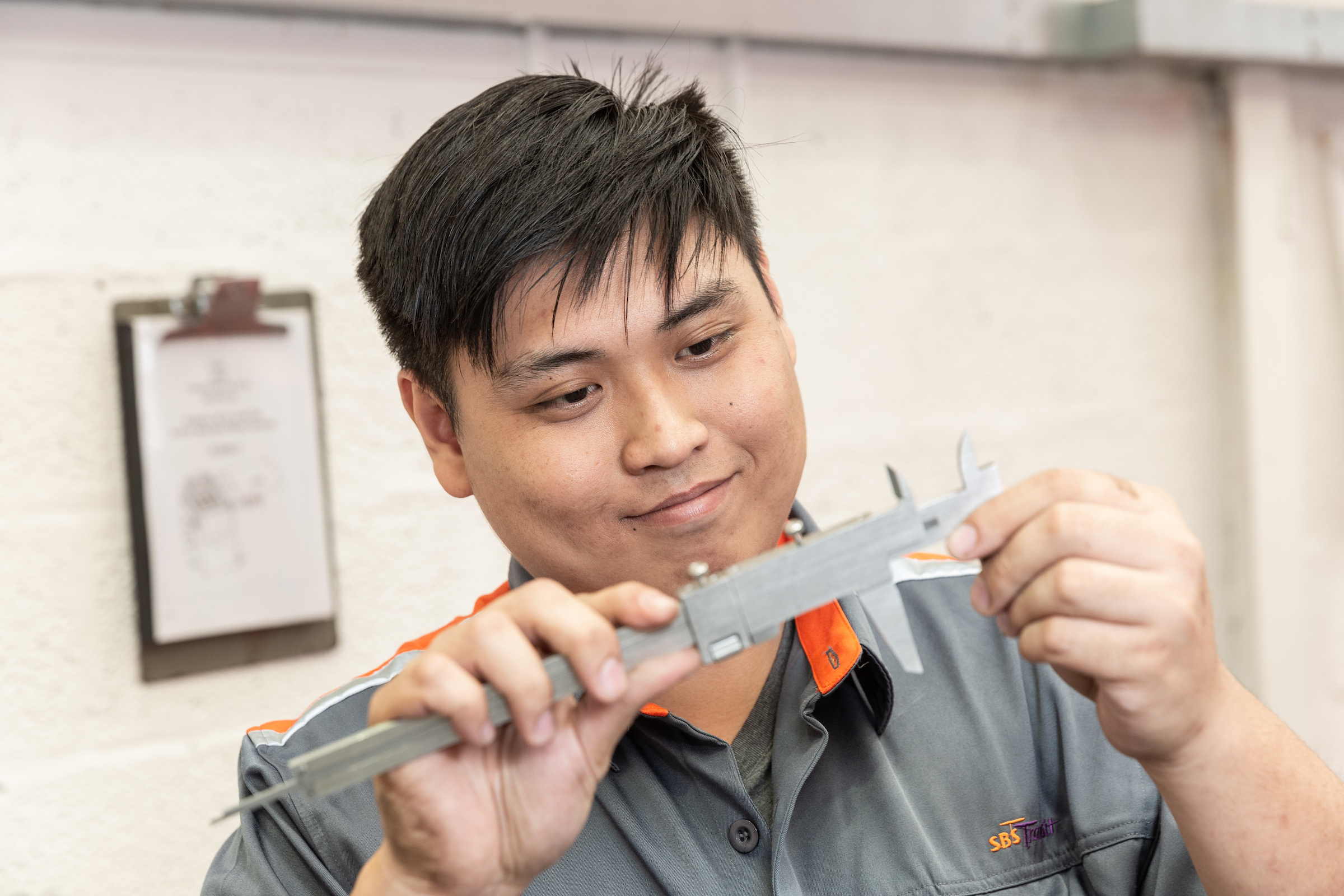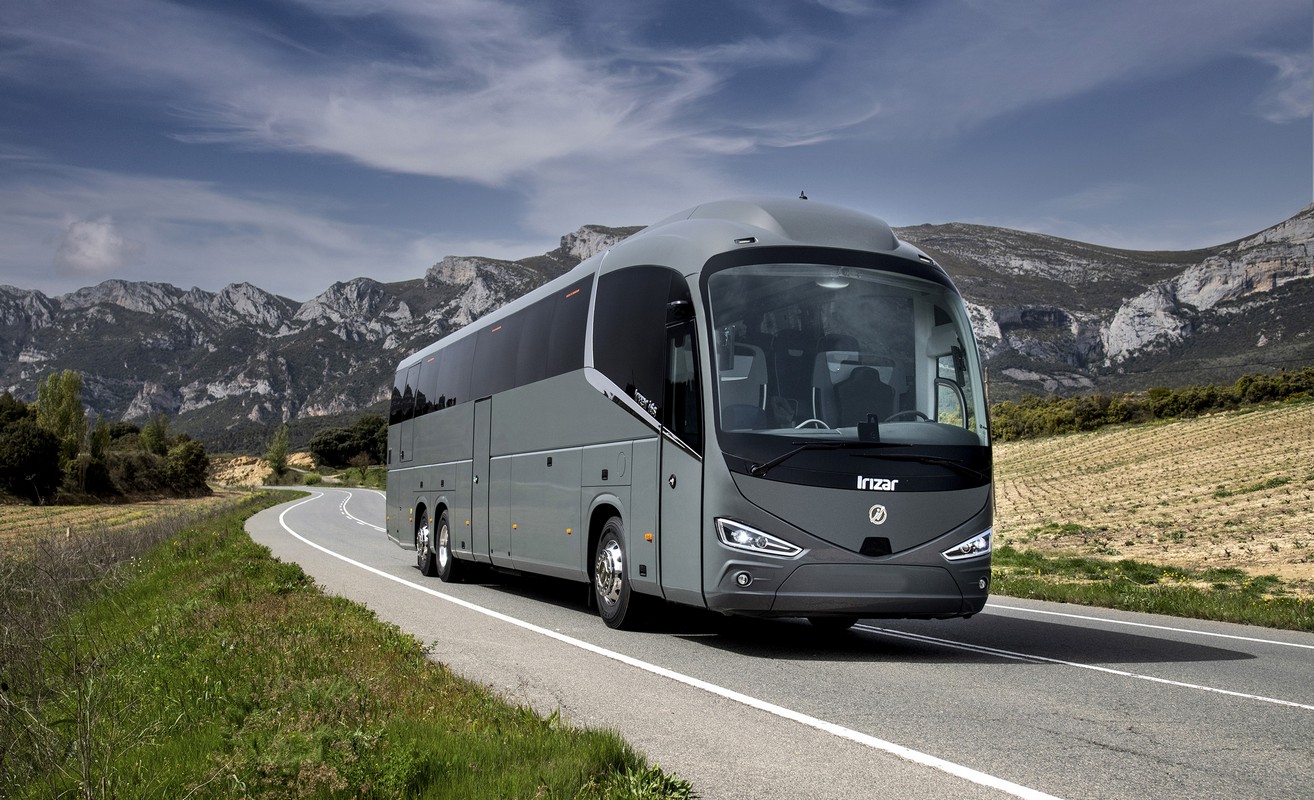There are many examples of operators large and small transitioning away from long-established, paper-based maintenance systems to electronic alternatives. The benefits that can deliver should be obvious, but are they are good as we need and want them to be? That depends on who you ask and what you want from it.
The building blocks of any system need to include basic elements such as an asset register, a maintenance planner and way of recording that work, unplanned maintenance recording, a method of recording parts issued to a vehicle and the ability to produce reports based on any of the data captured.
It is sensible if this supports inclusion in the DVSA Earned Recognition scheme. There is also now an increasing ability and demand for capturing vehicle telemetry data.
I accept that I will not have seen every offering in the market, but those I have seen are perhaps good at certain elements of the list above yet don’t deliver on all of them. They certainly are not well integrated. We are usually shown the best bits and best-presented elements, but when you see the end user (engineers and drivers on the shop floor that use these systems and input the data), their job can easily be made more difficult. The reality then becomes that the systems end up being fudged, which quickly undermines their value.
My view of what is required is simple: A system designed with those end users in mind that becomes a tool for them to make it easier to do their job better and more efficiently.
That means reducing manual entry where possible and making good use of technology such as NFC tags. It also means providing a single sign-on platform from where the user can intuitively navigate to what they need; manufacturers’ manuals for instance, which are increasingly online.
Effective use of telemetry data can be a tricky one. It is easy to spend a lot of money and become data rich but information poor. Manufacturers have some excellent systems available and there is a plethora of aftermarket offerings. In a large multi-fleet operation, the reality is that you will probably have several sources of telemetry data, and therefore the challenge becomes how you present the information you require from several sources to the person that is going to use it on a single platform.
If we can achieve most of what I have discussed, then surely we should be in a strong position to responsibly justify a different approach to how we conduct vehicle inspections and maintenance, and at what frequency – especially with the move towards zero-emission vehicles.
The final consideration then needs to be flexibility and adaptability. One thing will be for sure – whatever we want now will evolve into something different as vehicle technology develops and as we learn from having the system.



























